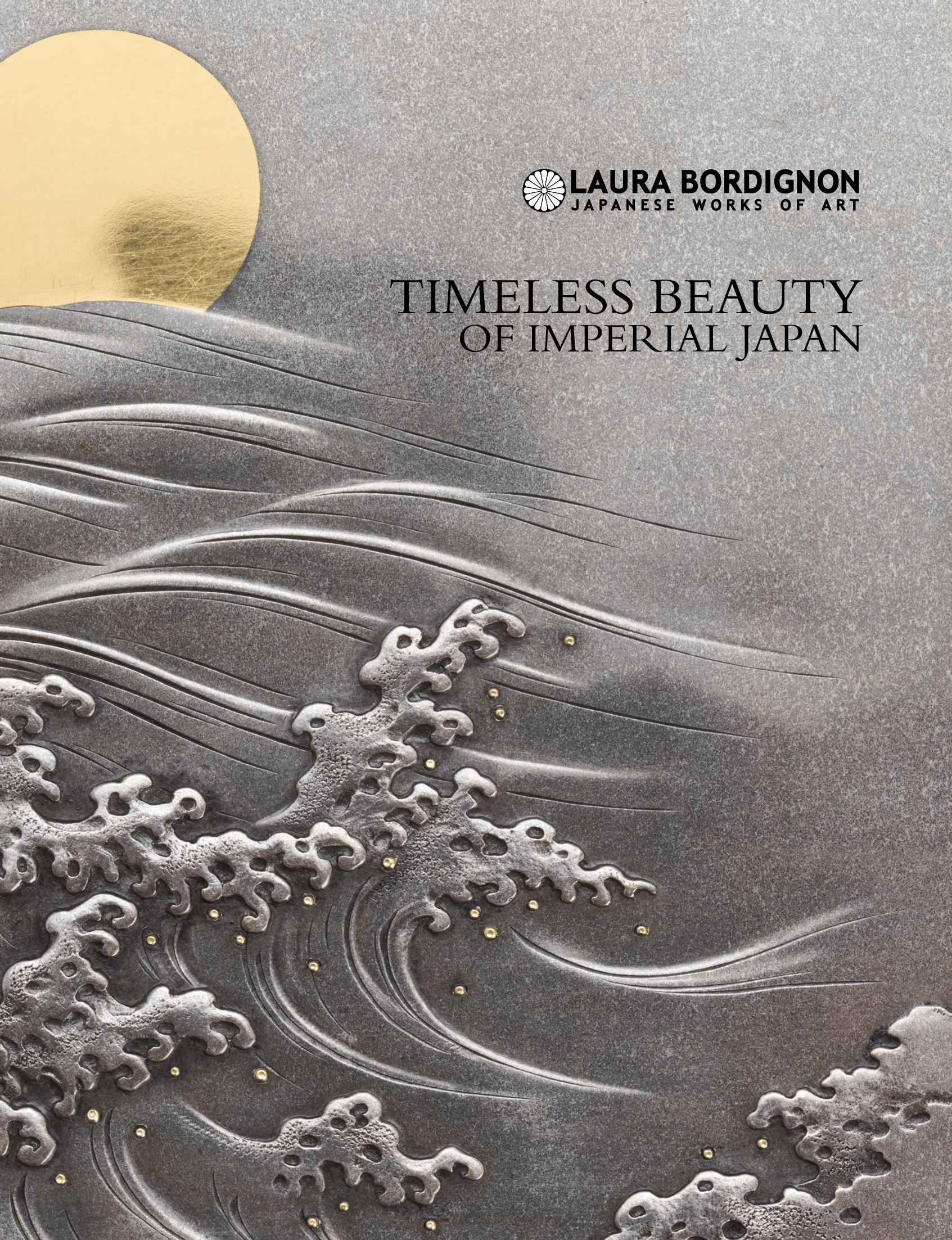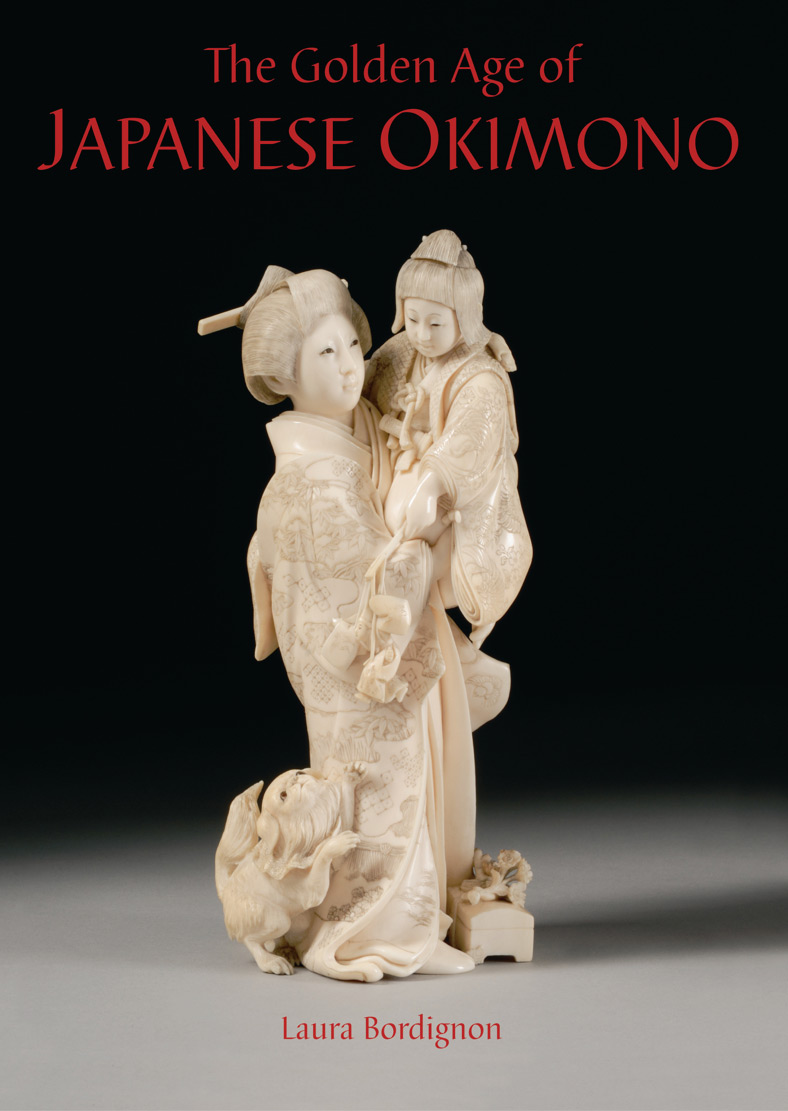 |
TIMELESS BEAUTY OF IMPERIAL JAPAN.Introducing our online exhibition publication ‘Timeless Beauty of Imperial Japan' showcasing an exquisite The exhibition explores the interrelationship between the archaic symbolism and mythologies behind the beauty and the sophisticated craftsmanship found in Meiji period Japan (1868-1912). Showcasing the finest metalwork, silk art textiles, silver and Shibayama objects, the catalogue contains over 70 photographs alongside the explanations of the relevant myths, beliefs, folk tales and is an invaluable reference to art collectors and connoisseurs. The growing popularity of these beautiful artefacts is a testament to this extraordinary craftsmanship and is an important legacy for the Japanese artists who devoted themselves to this craft. CLICK on the publication cover to browse through each page of the catalogue. |
 |
Book: THE GOLDEN AGE OF JAPANESE OKIMONO.300 x 237 mm - 204pp -150col Available Now - £45.00 Hardback Introducing the most comprehensive guide on Japanese Okimono artists active during the Meiji Period (1868-1912):
|
Italian-born Laura Bordignon began to specialise in Japanese art in 1997, becoming a member of the British Antique Dealers Association in 2000. Since then she has been consulted by many collectors worldwide, with requests for guidance on expanding their existing collections or to start new ones. The fast growing interest in Japanese Okimono of the Meji period has been the main catalyst for this book, as very little has been published on the subject.